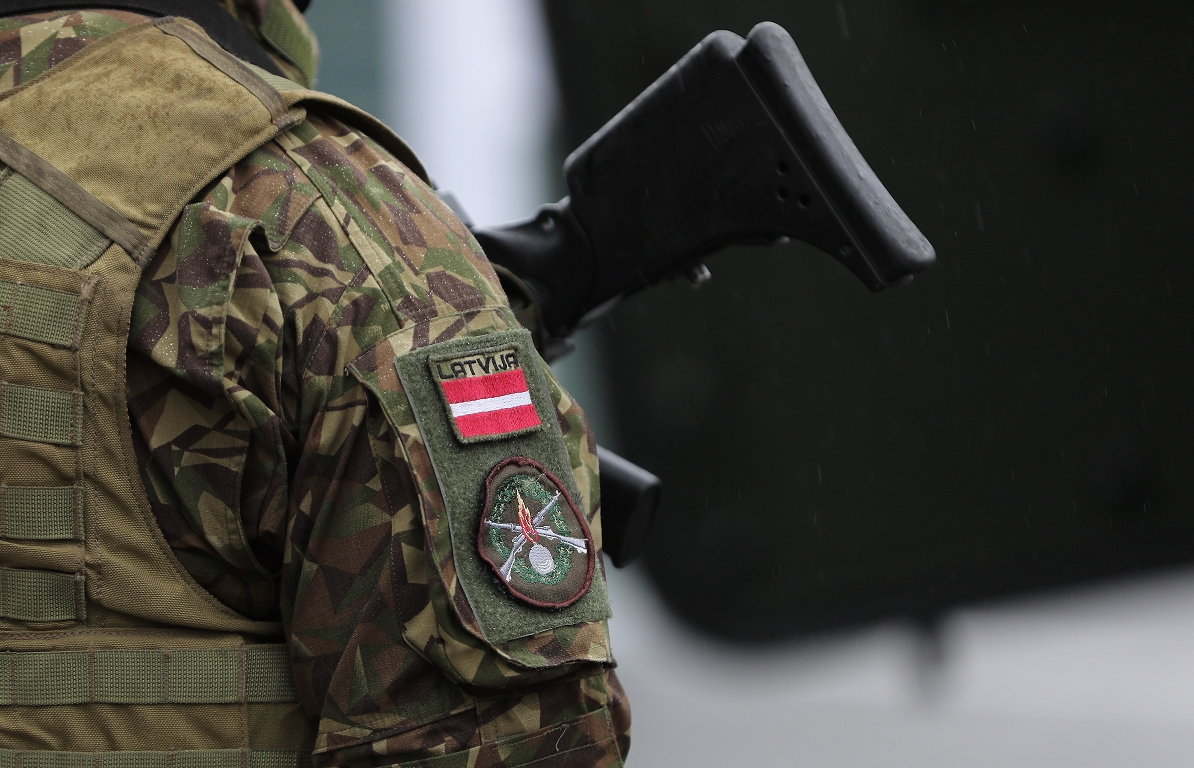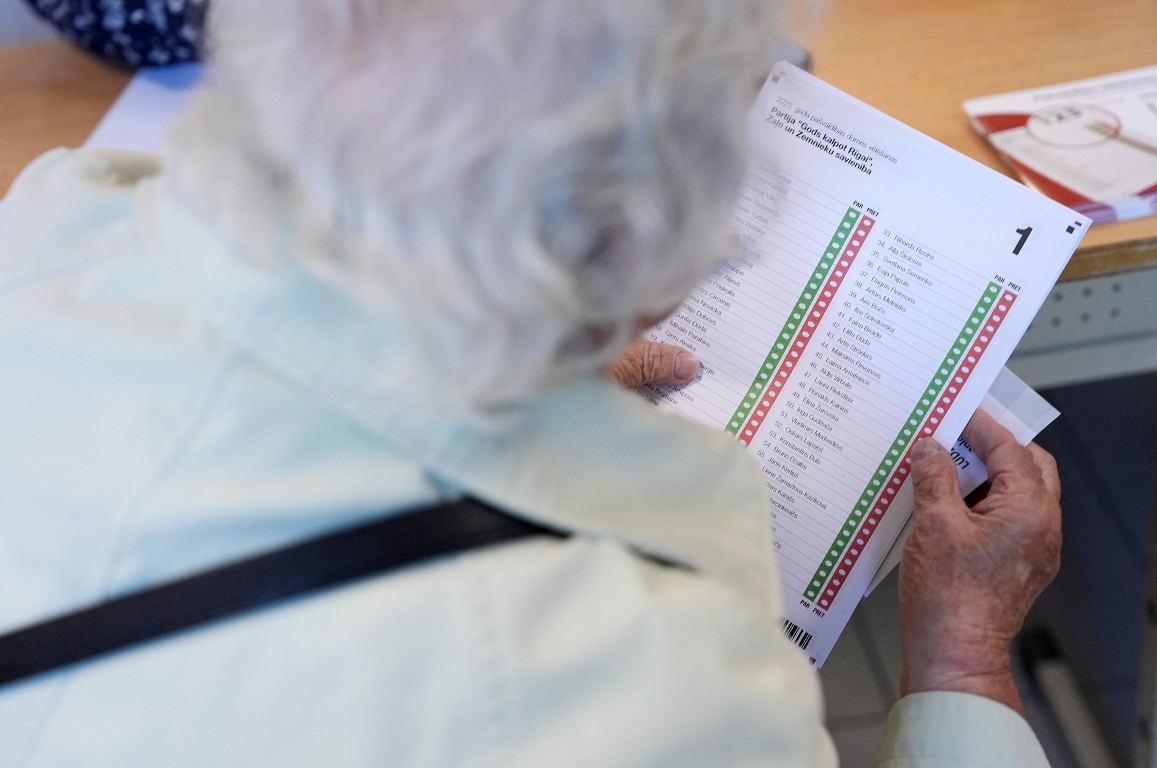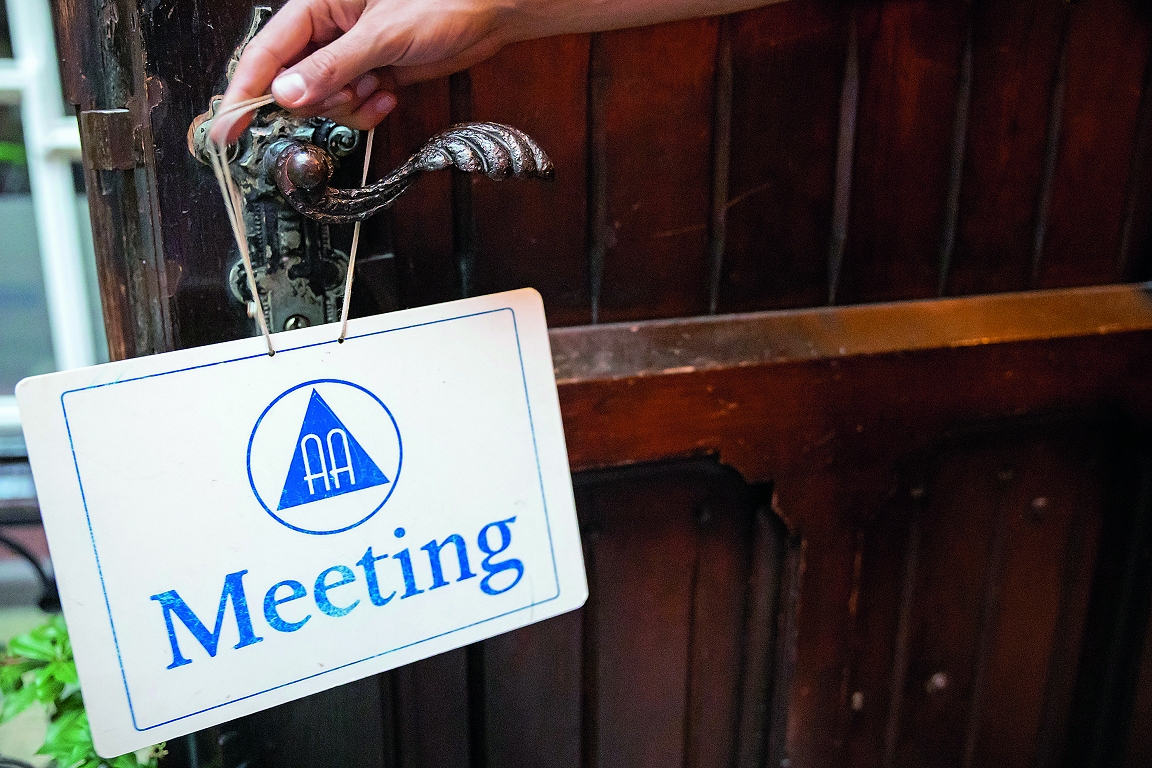The NAF identifies posts that civilian / day could be fulfilled

As a result of the review of the structure, no soldier or existing civilian employees will lose their jobs.
In the NAF in 2024, on behalf of the Ministry of Defense (MoD), it began to re -revise its organizational structure to establish it in accordance with the number of 31,000 peace -time troops set out in the National Defense Concept. This number of soldiers also coincides with the 12 -year development plan of the NAF. At the same time, NATO -defined capacity goals have been received, which require new armed forces units.
Taking into account the tasks given by both the AM and NATO collective protection systems, the NAF consults with the staff management professionals to match the requirements with the realistic amount of staff, taking into account the trends in the development of Latvia’s demographic situation.
Despite the trend in the number of soldiers, all posts in the NAF structures are still not complete, therefore the recruitment of soldiers in all forms offered is continued – in the professional service, the National Guard, the National Defense Service (SAD) and reserve. Particular attention is paid to the recruitment of potential young officers for studies at the Latvian National Defense Academy.
The NAF continues to review the organizational structure to use the available staff as efficiently as possible. Given the need to develop new capabilities and increase the number of SAD soldiers, there is a revision of existing states, primarily identifying positions that can be functionally fulfilled by civilian workers. It is thus intended to ensure that the soldiers of the professional service are primarily a military assignment position.
Depending on the operational change and learning from the experience of other countries, the NAF will continue to review the structure to increase combat readiness in units.








